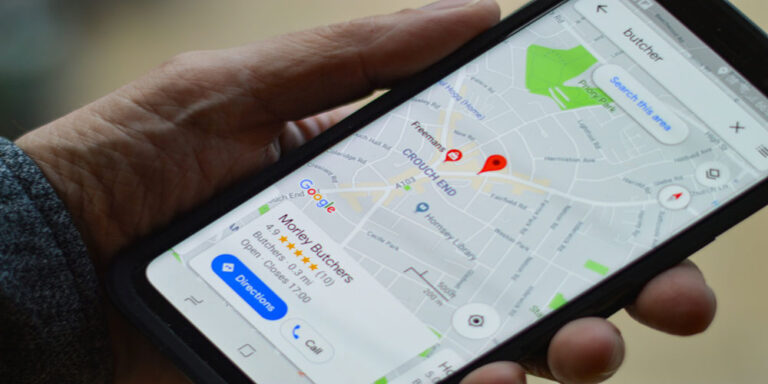
Local search is becoming increasingly important, especially with the rise in mobile internet usage, local search results provide highly personalised and therefore highly relevant search results. It’s no surprise that competition for good search engine rankings is intense. The good news is that Google has lifted the lid on its local ranking factors. It has offered businesses and marketers an insider’s view of what makes the search engine’s local SEO algorithms tick.
The local ranking factors reveal comes as part of a revamp of its Improve your local ranking on Google page. This page, which forms part of the Google My Business property, was previously scarce with specific details, offering around one half A4 size page of text to marketers keen to scale the local search results. On Friday however, Google offered a tantalizing peek into its inner workings with a fairly detailed overhaul of the page.
While the search engine doesn’t provide a complete roadmap to obtaining better local SEO results, it has given a much more detailed breakdown of what it considers to be important factors. The previous incarnation of the page stated a few fairly obvious details, such as the importance of geographical signals like distance and location to local results. These points are still included, which indicates just how important they are.
The new look page goes several steps further too, with a guide to its so-called ‘3 pack’ and how that pack is ranked now sitting alongside other tidbits such as the importance of a speedy response to reviews, the need for accurate business hours and the use of images – not groundbreaking in SEO terms perhaps but all useful snippets of information that help to clarify some of the factors making up the local SEO ranking algorithm.
So what’s new?
Complete data: There’s now a section on the importance of a complete profile. Google says, “Local results favor the most relevant results for each search, and businesses with complete and accurate information are easier to match with the right searches.” This means filling in all possible fields in Google My Business, from open hours, physical address and phone number to selecting the correct business category.
Verification: Those hoping for better rankings should verify their listing.
Accurate hours: There’s now a new section on the Improve your local ranking page advising businesses to keep their open hours up-to-date and accurate. This includes updating business hours during the holidays and special events.
Reviews: Reviews should be managed and responded to, with the search engine stating, “High-quality, positive reviews from your customers will improve your business’s visibility and increase the likelihood that a potential customer will visit your location”.
Photos: Accurate and appealing pictures are encouraged.
The latter half of the updated page cites relevance, distance and prominence as being important ranking factors. These considerations are combined Google says, so users get the best result for their overall query – meaning if your business is the best option, it could show higher than a competitor closer to the user’s physical location that wasn’t such a good match.
The information for this section now states:
Relevance: This ranking factor considers how good a match a local listing is for what a search user is actually looking for. Having a complete profile can help Google make this link, which reinforces the addition of the complete data advisory.
Distance: How far your physical location is from the search user.
Prominence: This is one of the largest of the sections on the updated page but remains much the same in terms of the information provided. Google gives several examples though, explaining that offline factors such as how well known a business or place is offline will be factored in to the online local search result. This is why famous landmarks and tourist attractions will typically appear high on local search queries.
Google says is also considers other web-based factors in this decision including links, articles and reviews.





